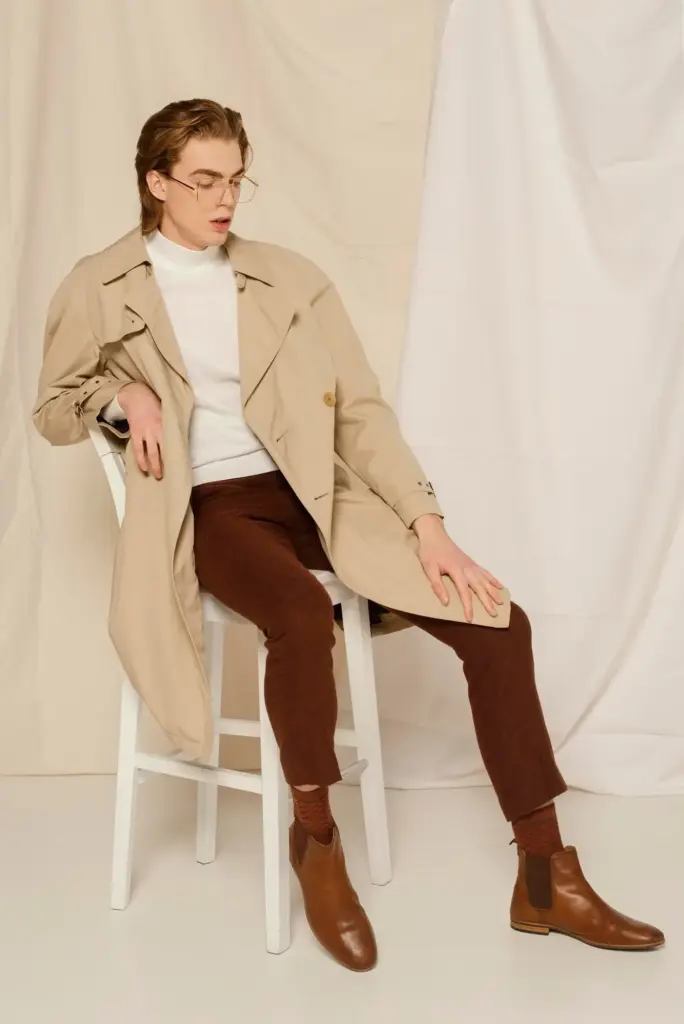Comfort That Lasts: The Real Science Behind Everyday Fabrics
From Fiber to Feel: Why Materials Matter




Structures That Change Everything: Weaves and Knits
Plain, Twill, and Satin Under the Microscope
Knits That Move With You, From Office to Trail
Stretch, Recovery, and Saying Goodbye to Bagging
Durability Demystified: Strength, Abrasion, and Pilling
Tensile and Tear Strength in Everyday Moments
From yanking a backpack strap to catching a sleeve on a door handle, tensile and tear properties decide whether disaster strikes. Long, strong filaments in nylon or high-twist yarns in cotton poplin resist sudden stress. Balanced weaves disperse force, while poorly constructed seams concentrate it. Comfort endures when strength quietly prevents wardrobe malfunctions you never notice.
Abrasion Resistance and the Martindale Story
Seat friction, backpack rub, and desk edges sand your clothes daily. The Martindale test simulates this wear, counting cycles to visible change. Higher counts suggest tougher performance, but hand feel and breathability also matter. Smart choices combine dense constructions with thoughtfully chosen fibers, preserving both comfort and surface appearance through commutes, gym sessions, and weekend adventures.
Pilling, Fuzz, and How to Outlast Friction
Pilling begins when broken fibers tangle into tiny balls during wear and washing. Short fibers and low-twist yarns are vulnerable, while compact constructions resist fuzzing. Blends can trap pills if one fiber anchors harder than another. Choosing tighter fabrics, gentle care, and de-pilling tools extends the clean surface, keeping garments cozy without looking prematurely tired.
Comfort in Context: Climate, Activity, and Skin
Care, Maintenance, and the Test of Time
Sustainability Without Compromise on Comfort
Life Cycle Thinking for Your Wardrobe
From farm or refinery to your closet and finally recycling or reuse, every step affects comfort and durability. Durable design reduces replacement frequency, while proper care lowers resource burdens. Look for third-party certifications and transparent supply chains. Share brands that walk the talk, and help readers discover options that feel good physically and ethically every single day.
Recycled Fibers and Real-World Trade-Offs
Recycled polyester dries fast and saves resources but may need thoughtful construction to maintain softness. Regenerated cellulosics can drape beautifully yet demand responsible production. Blends complicate recycling but sometimes deliver unmatched performance. Balance ideals with use-case reality, and comment with your long-term experiences so we can map which combinations truly endure both in comfort and structure.
Buy Less, Choose Well, Wear Longer
A focused wardrobe built on versatile, well-constructed fabrics brings daily ease. Seek balanced weights, stable knits, and quality stitching that stand up to repeated wear. Track how pieces age across seasons, then invest where comfort meets resilience. Join our newsletter for checklists, wear tests, and community-driven picks that prove sustainability and delight can happily coexist.
All Rights Reserved.